How Music Royalties Work

Your song is playing on Spotify. Are you getting paid for it?
Many independent artists assume that streaming platforms and digital sales automatically result in royalty payments. However, without the right registrations and collection agencies in place, you could be leaving money on the table. Understanding how music royalties work is crucial to ensuring you get paid for your work.
In this guide, we’ll break down the different types of royalties, explain how they’re collected, and outline steps you can take to maximize your earnings.
Types of Music Royalties
There are several types of royalties generated when your music is played, sold, or licensed. Here’s a breakdown of the most important ones:
1. Performance Royalties
Performance royalties are earned when your song is played in public, including:
- Radio (AM/FM, satellite, and internet radio like Pandora)
- Live venues (concerts, bars, and festivals)
- Streaming services (Spotify, Apple Music, YouTube Music)
- TV broadcasts (background music, live performances on shows)
How to Collect Performance Royalties: To collect these royalties, you must register with a Performance Rights Organization (PRO):
If you’re outside the U.S., you’ll need to register with a local PRO, such as PRS (UK) or APRA (Australia).
2. Mechanical Royalties
Mechanical royalties are earned when your song is reproduced and distributed, including:
- Physical Sales (CDs, vinyl, cassettes)
- Digital Downloads (iTunes, Bandcamp)
- Streams (Spotify, Apple Music, Tidal)
How to Collect Mechanical Royalties:
- In the U.S., The Mechanical Licensing Collective (The MLC) collects these royalties for digital streams and downloads.
- Independent distributors like DistroKid and TuneCore may also pay mechanical royalties directly.
3. Sync Royalties
Sync royalties are earned when your music is licensed for use in:
- TV shows & commercials
- Films
- Video games
- Online ads & promotional videos
How to Collect Sync Royalties:
- Work with us, Best Coast Records to get placements.
- Upload music to licensing platforms such as Musicbed or Artlist.
- Ensure your metadata is clean and includes contact information for licensing inquiries.
4. Digital Performance Royalties
Digital performance royalties are generated from non-interactive streaming (where listeners do not choose the song, like Pandora or SiriusXM).
How to Collect Digital Performance Royalties:
- Register with SoundExchange to collect royalties from satellite radio and internet radio.
How to Collect Your Music Royalties
Now that you understand the different royalty types, here are the essential steps to ensure you’re getting paid:
✅ Sign up with a PRO (ASCAP, BMI, or SESAC) to collect performance royalties.
✅ Register with The MLC to collect mechanical royalties from streaming and downloads.
✅ Sign up with SoundExchange to collect digital performance royalties from non-interactive streaming.
✅ Use a publishing administrator (such as Best Coast Records) to ensure you’re collecting all available royalties.
✅ Check for uncollected royalties through services like SoundExchange and The MLC, which may have money waiting for you.
Getting Started
Music royalties can be complicated, but understanding them is essential for making a sustainable income as an independent artist. By registering with the right collection agencies and ensuring your metadata is in order, you can take control of your earnings and stop leaving money behind.
If you’re ready to take your career to the next level, Best Coast Records offers distribution and publishing administration services to help indie artists collect royalties for their music.
Start collecting your royalties journey today!
–
#MusicRoyalties #IndieArtistTips #DIYMusician
Best Coast Records

